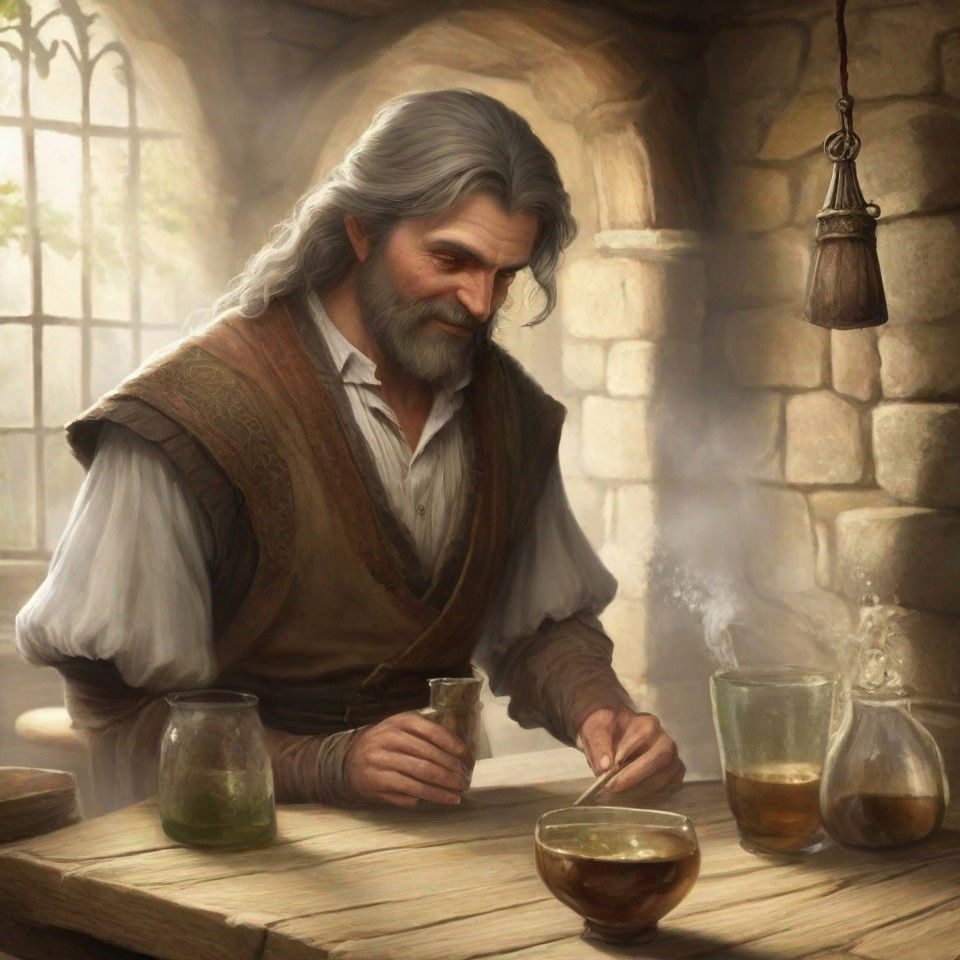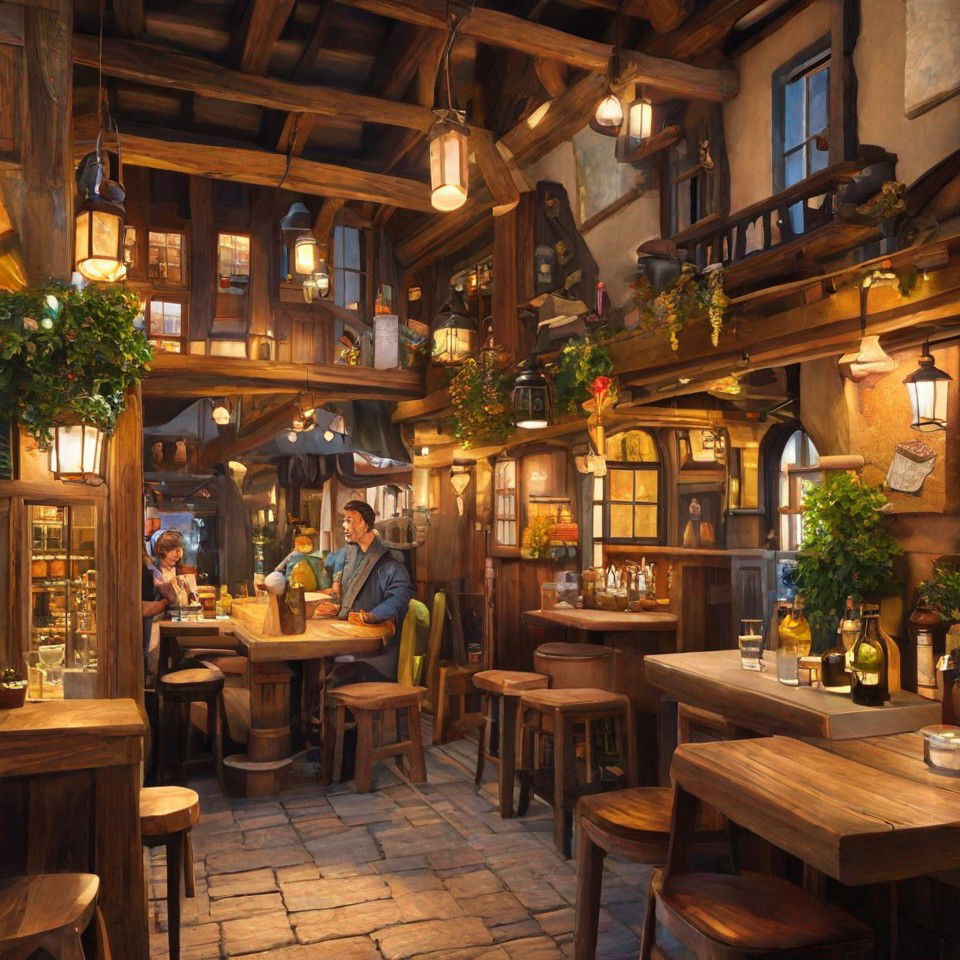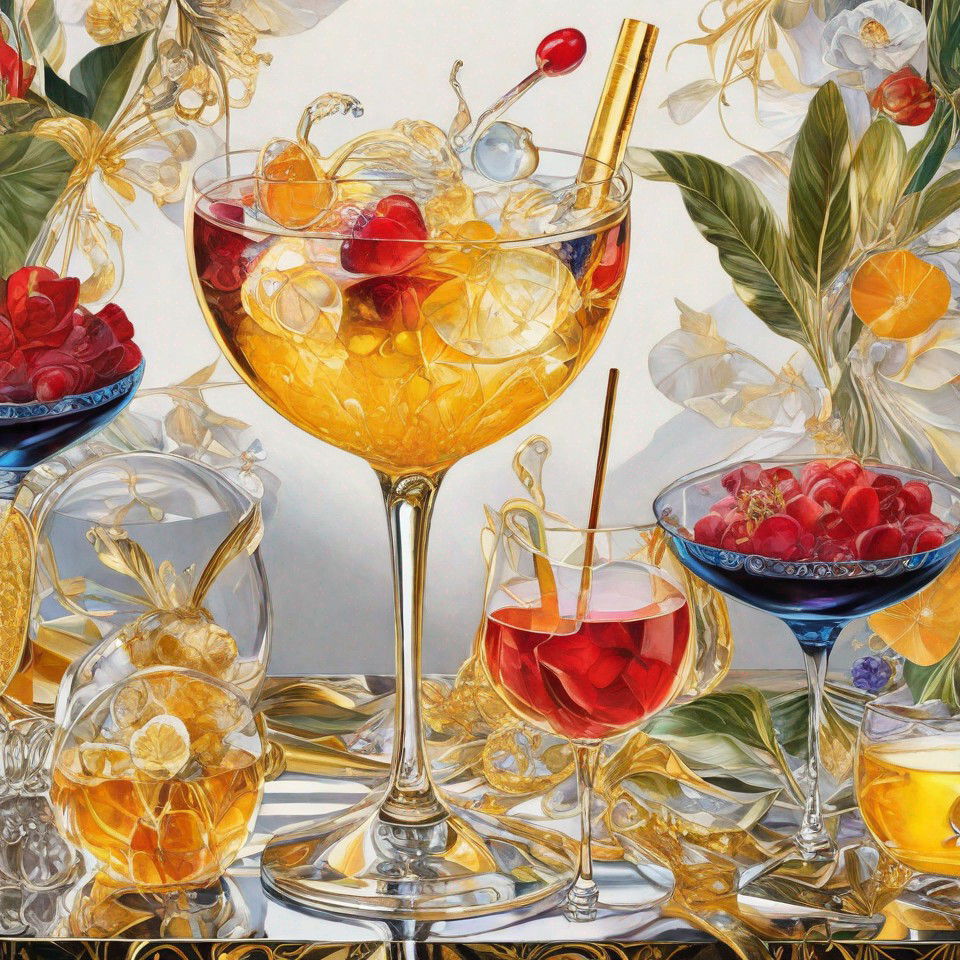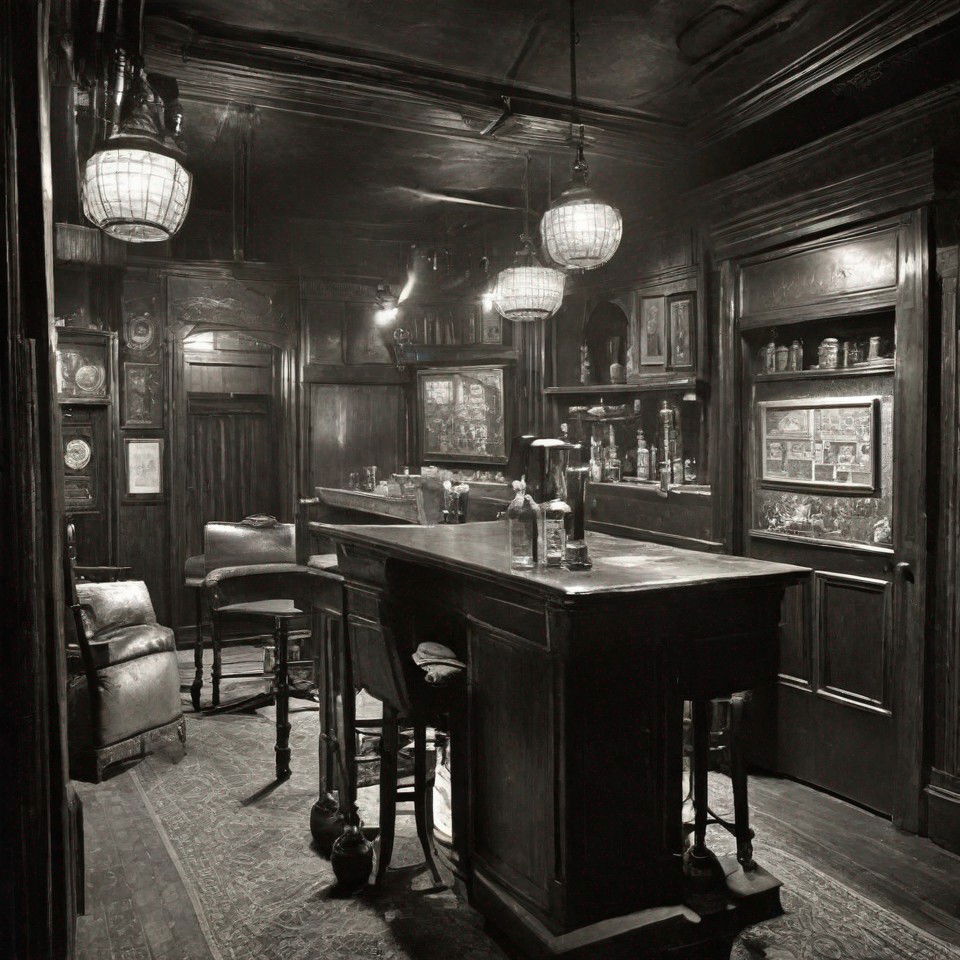Evolution of Bartending: A Sip Through Time
Bartending, an art as old as civilization itself, has evolved remarkably from its humble origins to the dynamic and sophisticated craft we witness today. Journey with us as we explore the fascinating history of bartending, tracing its trajectory from ancient libations to innovative concoctions of contemporary mixology.
The Dawn of Bartending: Ancient Origins

The roots of bartending extend deep into history, intertwining with the development of human society. In ancient civilizations such as Mesopotamia and Egypt, fermented beverages like beer and wine played integral roles in religious rituals and social gatherings. In these early societies, the concept of a dedicated individual serving drinks to others emerged, laying the foundation for the profession of bartending.
The Rise of Taverns and Alehouses

As civilizations flourished, so did the establishments where people gathered to enjoy drinks. Taverns and alehouses became ubiquitous fixtures in medieval Europe, offering drinks and a space for socializing, conducting business, and sharing news. Bartenders of this era, often known as alewives or tapsters, served up simple yet hearty brews to patrons seeking respite from their daily lives.
The Golden Age of Cocktails

The 19th century marked a turning point in the history of bartending with the rise of the cocktail. In bustling cities like New York and London, bartenders began experimenting with diverse spirits, mixers, and flavorings to create innovative concoctions that tantalized the taste buds. The iconic classics such as the Martini, Old Fashioned, and Manhattan emerged during this golden age, forever cementing their place in cocktail culture.

The roaring twenties brought both triumph and tribulation for bartending. The era of Prohibition in the United States, which outlawed the production and sale of alcoholic beverages, drove the trade underground. Speakeasies clandestinely served illicit drinks to a thirsty clientele, often under the watchful eye of law enforcement. Bartenders of this era became adept at crafting cocktails that masked the harsh taste of bootlegged spirits, giving rise to the era of the "cocktail as an art form."
The Modern Mixology Movement

In recent decades, bartending has experienced a renaissance fueled by a renewed appreciation for craftsmanship and creativity. The modern mixology movement prioritizes fresh, high-quality ingredients, innovative techniques, and a deep understanding of flavor profiles. Bartenders, now often referred to as "mixologists," push the boundaries of traditional cocktail-making, incorporating elements such as molecular gastronomy, house-made infusions, and exotic garnishes to create drinks that are as visually stunning as they are delicious.
The Future of Bartending

Looking ahead, the future of bartending appears boundless. With technological advancements, sustainability, and global connectivity, bartenders are poised to continue pushing the envelope of creativity and innovation. Virtual cocktail experiences, eco-friendly practices, and cross-cultural collaborations are just a few trends shaping the landscape of bartending in the 21st century.
From its humble beginnings in ancient civilizations to its current status as a dynamic and respected profession, bartending has evolved remarkably throughout history. What began as a simple service of pouring drinks has transformed into a complex and sophisticated craft that captivates the senses and fosters camaraderie.


